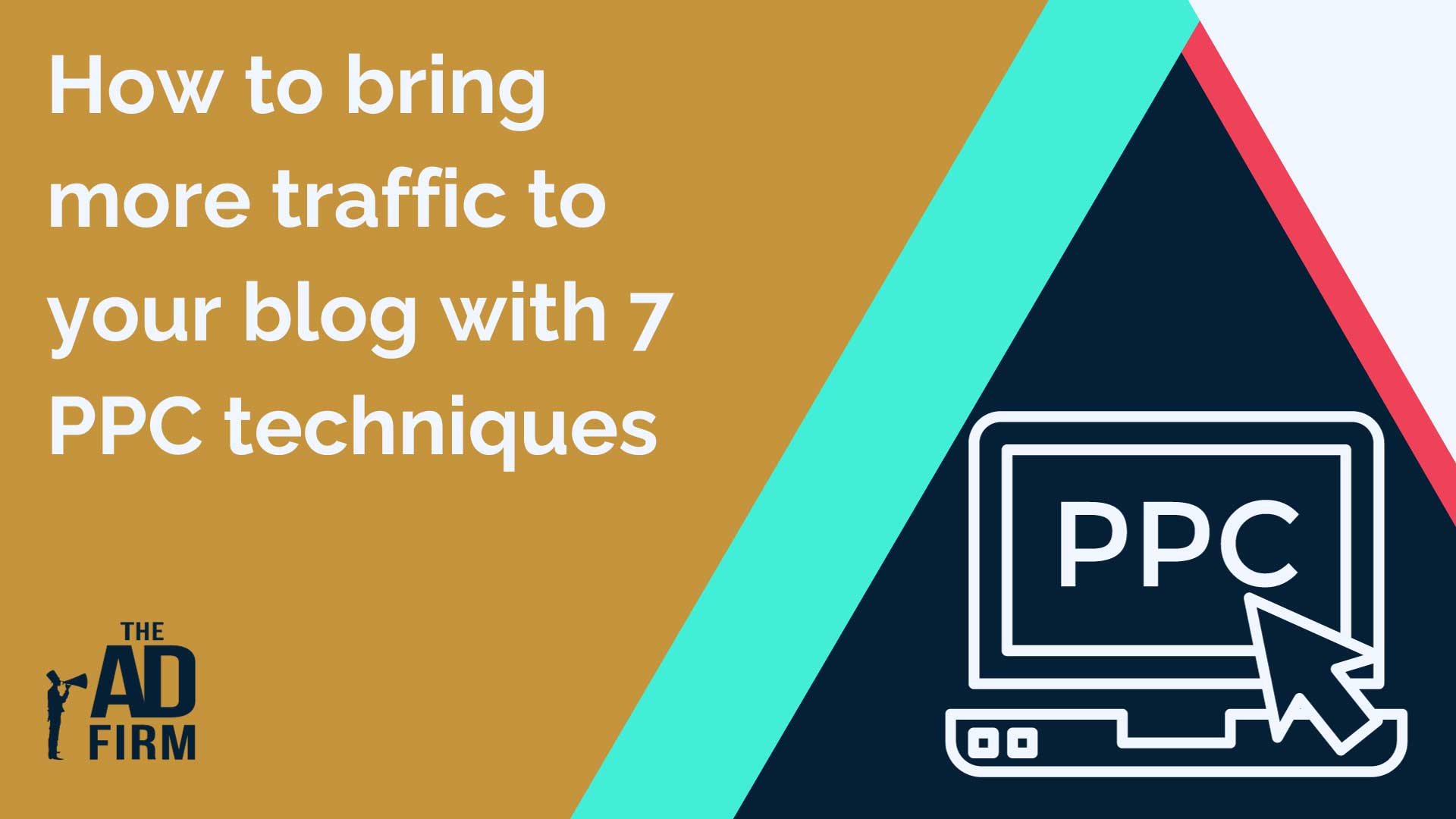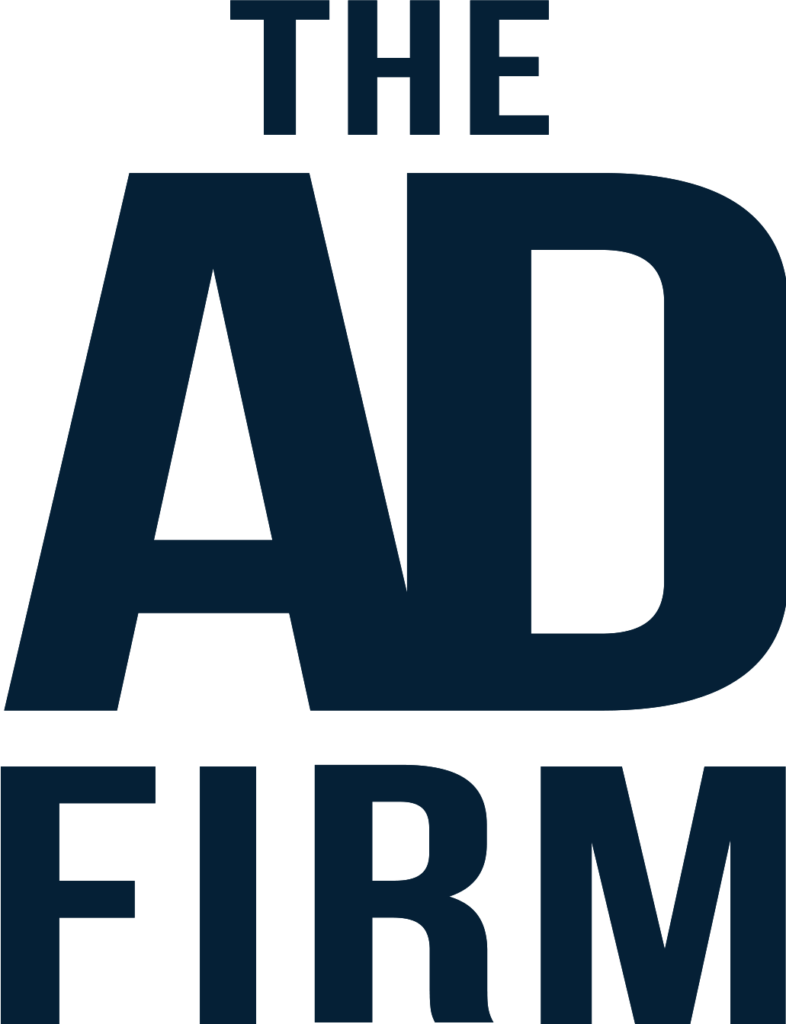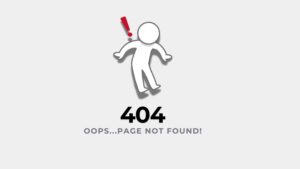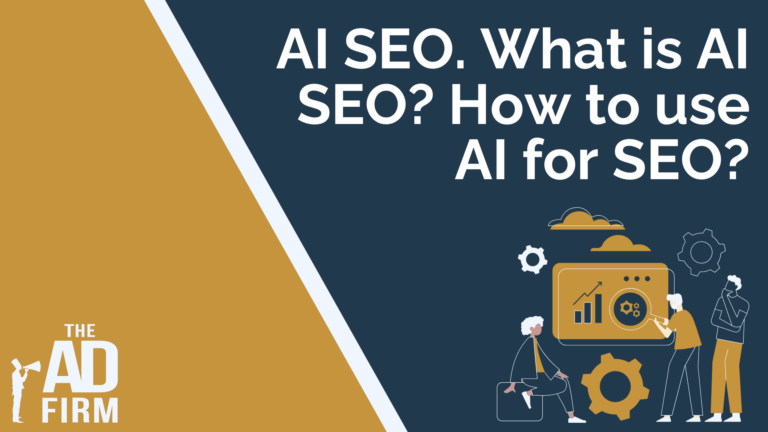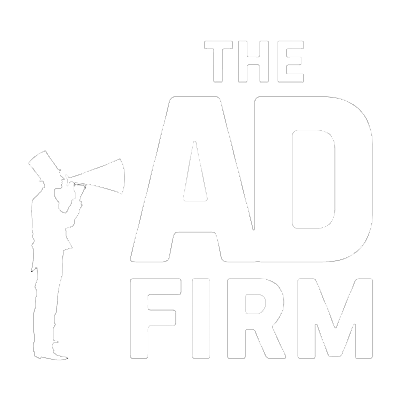Pay-per-click (PPC) advertising has become a cornerstone of online marketing strategies in today’s digital age. With the ever-evolving landscape of digital ads, mastering advanced PPC techniques is crucial for blog owners aiming to boost traffic and engagement. Here, we delve into seven cutting-edge PPC methods that can significantly increase your blog’s online presence and attract more visitors.
1. In-depth Keyword Strategy Using SKAGs
The precision and effectiveness of PPC campaigns hinge significantly on the keyword strategy employed. In-depth keyword strategy using Single Keyword Ad Groups (SKAGs) offers an unparalleled approach to aligning your ads with user intent, enhancing the relevance and efficacy of your campaigns.
Defining SKAGs
SKAGs stand at the forefront of PPC strategy, revolutionizing how ad groups are structured. By focusing on one specific keyword per ad group, SKAGs ensure a direct match between user searches and your ads, leading to higher ad relevance. This alignment significantly boosts Quality Scores, a critical metric in Google Ads that influences ad rank and cost per click. Higher Quality Scores often translate into better ad placements and lower costs, making SKAGs a potent tool for optimizing ad performance.
Implementing SKAGs
Implementing SKAGs starts with a meticulous selection of highly pertinent keywords to your blog’s content and audience. Each chosen keyword forms the basis of a separate ad group, with its dedicated set of ads and landing pages. This granular level of organization ensures that your ad copy and landing pages are in perfect harmony with the keyword’s specific intent.
This precision not only elevates the user experience but also boosts the likelihood of engagement and conversion. When users find exactly what they’re searching for, it reduces bounce rates and enhances the effectiveness of your PPC efforts. Moreover, this method allows for more accurate tracking and analysis of keyword performance, enabling you to make data-driven decisions to refine and improve your campaigns continually.
Match Types and Negative Keywords
The strategic use of match types and negative keywords greatly enhances the efficacy of SKAGs. Match types, which include broad, phrase, and exact, determine how closely a user’s search query must align with your keyword for your ad to appear.
Exact match types, aligning closely with the targeted approach of SKAGs, ensure that the most relevant searches trigger ads. Meanwhile, phrase and broad match types are beneficial for uncovering new keyword opportunities and grasping broader search trends within your niche.
Negative keywords play a crucial role in refining your targeting strategy. They filter out irrelevant search terms, preventing your ads from appearing in unrelated searches and thus optimizing your budget by reducing spending on unqualified clicks.
This focused targeting improves campaign efficiency and ensures that your ads reach a more interested audience. Keeping your negative keyword list updated, based on search query reports and ongoing campaign performance, is essential for maintaining and boosting the effectiveness of your SKAGs strategy.
2. Crafting Click-Worthy PPC Ad Copy
Creating compelling PPC ad copy is an art that blends creativity with strategic thinking. In pay-per-click advertising, where every click comes at a cost, the importance of crafting ad copy that attracts attention and compels action cannot be overstated.
Utilizing AIDA (Attention, Interest, Desire, Action) in Ad Copy
The AIDA model stands as a timeless framework in advertising, guiding marketers in creating persuasive and effective ad copies. This model involves four steps:
- Attention: Capture the user’s attention with a relevant and intriguing headline. The headline should be the hook that draws the reader in.
- Interest: Once you have their attention, maintain it by providing information that piques their interest. This could be unique features of your product or service or an interesting fact.
- Desire: Transition from interest to desire by highlighting the benefits of your offering. Show how it can solve a problem or improve the reader’s life.
- Action: Finally, prompt the reader to take a specific action, such as visiting your website, signing up for a newsletter, or making a purchase.
This framework guides the reader through a journey from initial curiosity to taking a desired action, potentially leading to higher engagement and conversion rates.
Dynamic Keyword Insertion (DKI)
Dynamic Keyword Insertion (DKI) is a transformative feature in Google Ads that significantly enhances the relevance and effectiveness of your PPC campaigns. This feature dynamically adjusts your ad copy to include the exact keywords that triggered your ad. By aligning the ad copy more closely with the searcher’s intent, DKI ensures that each ad is highly relevant and tailored to the specific search query.
Incorporating DKI in your ad strategy brings several key benefits. Firstly, it increases the relevance of your ads to the user. Ads that echo the user’s exact search terms are more likely to capture attention and drive higher click-through rates. Secondly, this heightened relevance often translates to improved Quality Scores within the Google Ads ecosystem.
Higher Quality Scores can lead to reduced costs per click and better ad rankings, making your campaigns more cost-effective and competitive. Finally, DKI contributes to a more personalized user experience. By reflecting the user’s specific search intent, DKI enhances user engagement and increases the likelihood of conversion, making it a powerful tool in the arsenal of PPC strategies.
Ad Copy Split Testing
Split testing, or A/B testing, is crucial in optimizing your PPC campaigns. It involves creating multiple ad copy versions to test which performs best. This methodical approach provides valuable insights into the preferences and behaviors of your target audience. The key elements to test in your ad copy include:
- Headlines: Test different headlines to see which ones capture the most attention and lead to higher click-through rates.
- Descriptions: Experiment with various descriptions to determine which messaging resonates best with your audience.
- Calls to Action (CTAs): Different CTAs can elicit varying responses — test which CTAs drive the most conversions.
- Display URLs: Even subtle changes in the display URL can impact user perception and click-through rates.
By analyzing the results of these tests, you can continually refine your ad copy, ensuring it resonates with your audience and maximizes campaign performance.
3. Advanced Bidding Strategies: CPA, ROAS, and Smart Bidding
Adopting up-to-date bidding strategies is not just a trend but a necessity for achieving campaign success. Cost Per Acquisition (CPA) bidding, Return on Ad Spend (ROAS) targeting, and Google’s Smart Bidding are the linchpins in maximizing ad efficiency and profitability.
Cost Per Acquisition (CPA) Bidding
This strategy focuses on optimizing for conversions rather than mere clicks. By setting a specific target CPA, you can channel your budget towards actions that hold substantial value, such as sign-ups or purchases. This makes CPA bidding a strategic tool for ensuring that ad spending is not just generating views but driving meaningful engagement.
Return on Ad Spend (ROAS) Targeting
ROAS targeting is about aligning your ad spend with overall profitability. It ensures that each dollar spent on PPC campaigns contributes positively towards your business’s financial goals. This strategy is essential for making PPC a profitable channel, balancing expenditure against the return.
Leveraging Google’s Smart Bidding
This cutting-edge approach utilizes machine learning algorithms to optimize bids in real time. Smart Bidding considers factors like device usage, user location, and time of day to fine-tune bids. This adaptability is crucial in a competitive digital market, ensuring your campaigns are always optimized for the best possible outcomes.
These bidding strategies shift from traditional, one-size-fits-all PPC approaches to more nuanced and effective methods. They enable advertisers to make more informed decisions, optimize ad spending, and better align with their business objectives.
4. Enhancing Landing Pages through Technical Optimization
The performance of PPC campaigns is intrinsically linked to the quality and optimization of landing pages. Landing pages are more than mere destinations; they are the pivotal points where visitor interest is converted into tangible actions. The technical optimization of these pages is critical in ensuring that the journey from ad click to conversion is seamless and effective.
Landing Page Relevance and Quality Score
Your landing page content should closely align with your PPC ads to improve Quality Scores and ad rankings. This alignment is vital for providing a relevant and seamless user experience, turning clicks into valuable interactions.
Speed Optimization and Mobile Responsiveness
In the mobile-first era, the speed and responsiveness of your landing pages are crucial. Fast-loading pages and a smooth mobile experience engage potential customers and significantly reduce bounce rates.
Conversion Rate Optimization (CRO) Techniques
Utilizing tools such as heatmaps and visitor recordings is invaluable for comprehending user behavior on landing pages. These tools offer a data-driven approach that enables pinpointing areas of your page that are most engaging or may require improvements.
By analyzing how users interact with various elements of the landing page, you can make targeted enhancements, significantly increasing the chances of converting visitors into subscribers or customers. This methodical approach to understanding and responding to user behavior is vital in optimizing the effectiveness of your landing pages.
5. Advanced Audience Targeting and Segmentation
In PPC advertising, audience targeting and segmentation are essential for reaching the right users. This strategy combines demographic, psychographic, and behavioral data to tailor campaigns precisely, enhancing engagement and conversion chances. Google Ads amplifies this with Custom Affinity and In-market Audiences, aligning campaigns with users’ specific interests and behaviors.
Additionally, employing lookalike or similar audiences helps identify new users with traits akin to your existing audience, targeting potential readers interested in similar content but not yet acquainted with your blog. This comprehensive targeting approach is key to driving campaign success in the dynamic world of PPC advertising.
6. Utilizing Ad Extensions for Deeper Engagement
Ad extensions are crucial in enhancing user engagement and adding context to your ads. Structured snippet extensions provide a preview of your blog’s categories or special features within the ad, improving both visibility and context. Callout extensions are useful for emphasizing your blog’s Unique Selling Propositions (USPs) and spotlighting unique or exclusive aspects of your content.
For monetized or e-commerce blogs, price and promotion extensions are particularly beneficial, displaying deals or special offers directly in the ads to attract users looking for such opportunities. These extensions make your ads more appealing and facilitate a smoother transition for the user from ad interaction to desired action, whether it’s a purchase, subscription, or active engagement with your blog.
7. Data-Driven PPC Campaign Analysis and Optimization
Utilizing analytical tools and methodologies is essential for gaining insights into campaign performance and user behavior. This analytical approach not only enhances the effectiveness of campaigns but also ensures that every decision is backed by solid data.
Advanced Google Analytics Integration
Integrating Google Analytics with your PPC campaigns is crucial for a comprehensive understanding of ad performance. This integration facilitates an in-depth analysis of user interactions with your ads, providing valuable insights that can be used to refine and optimize your campaigns for better results.
Conversion Tracking and Attribution Models
The backbone of any successful PPC campaign is accurate conversion tracking coupled with the right attribution models. These elements are fundamental in understanding the effectiveness of your ads, revealing which ones are driving the desired actions on your blog.
Regular A/B Testing and Data Interpretation
Continuously conducting A/B tests and interpreting data is vital for optimizing your PPC campaigns. Regular testing of various ad elements, from headlines to calls to action, and meticulous analysis of the results empower advertisers to make informed, data-driven decisions. This process improves current campaigns and provides insights for future strategies.
The essence of data-driven PPC campaign analysis and optimization lies in its ability to transform raw data into actionable insights. By continuously monitoring, analyzing, and adjusting based on concrete data, advertisers can significantly enhance the effectiveness and efficiency of their PPC efforts.
From precise keyword strategies to compelling ad copy, strategic bidding, optimized landing pages, audience targeting, ad extensions, and data-driven analysis, these methods offer a roadmap to success in digital advertising. The next step is clear — turbocharge your blog’s traffic and drive clicks to your blog with The Ad Firm’s PPC services.

